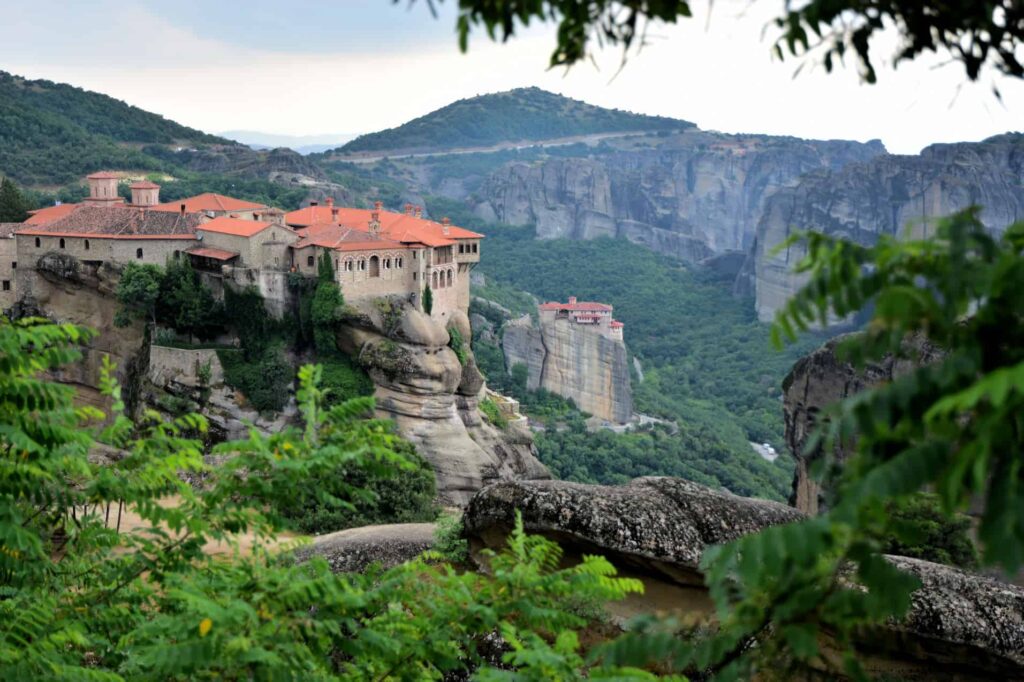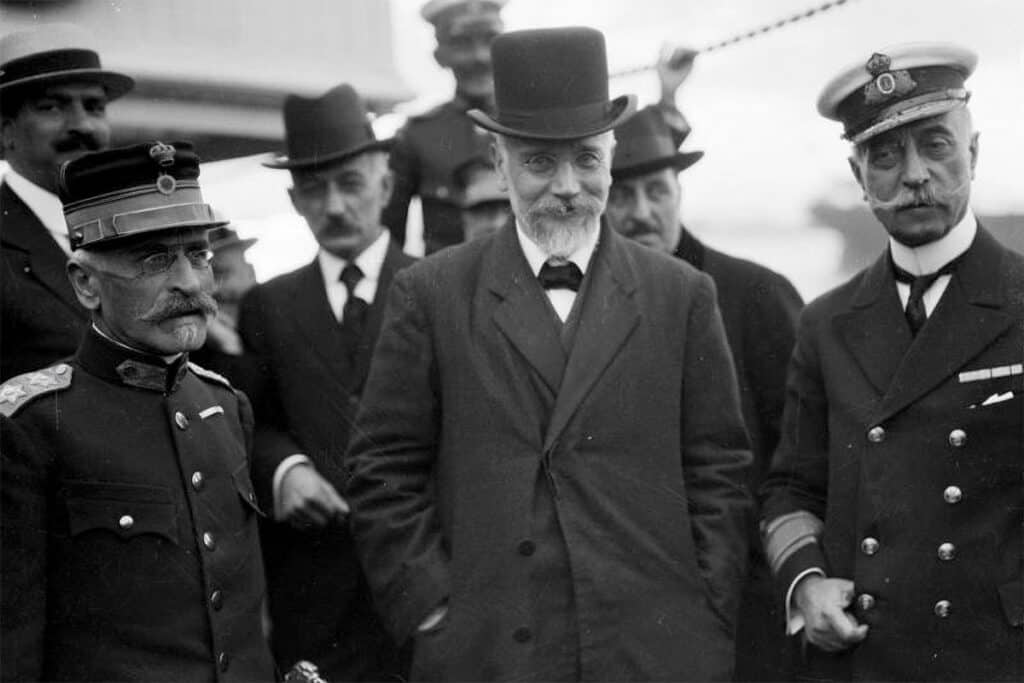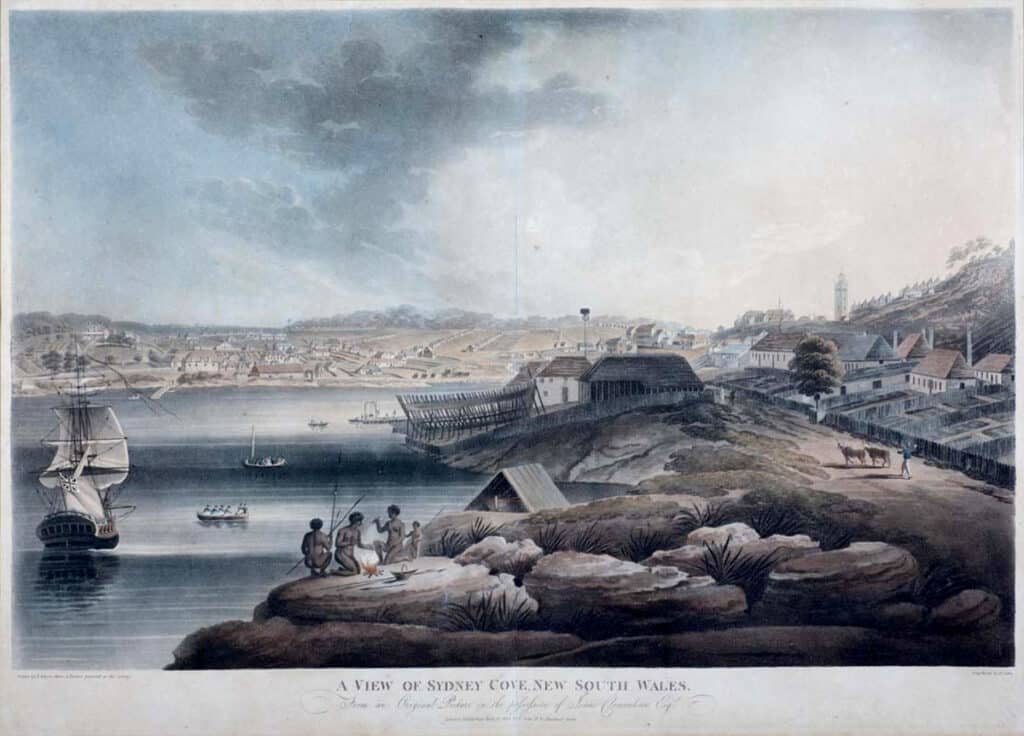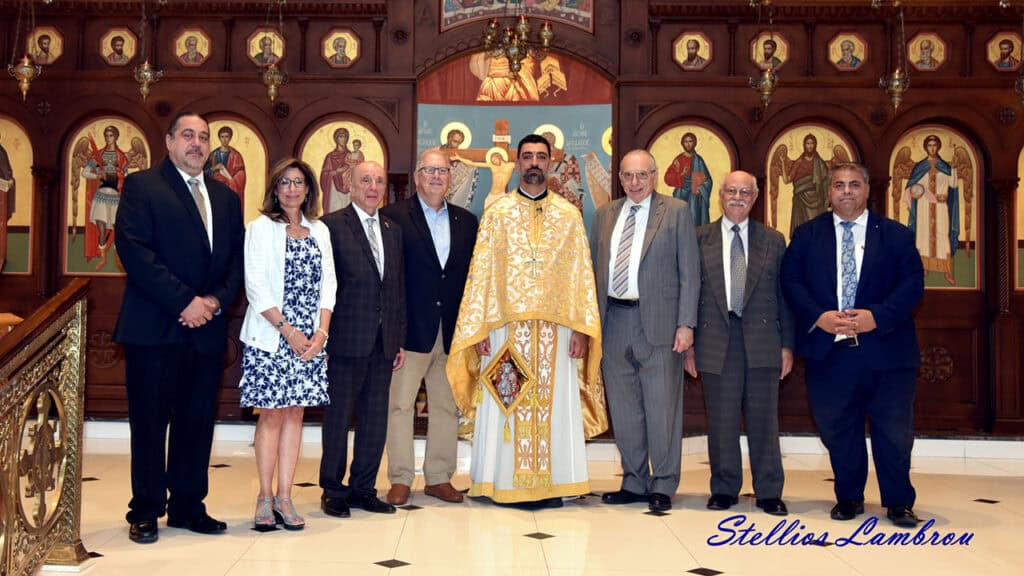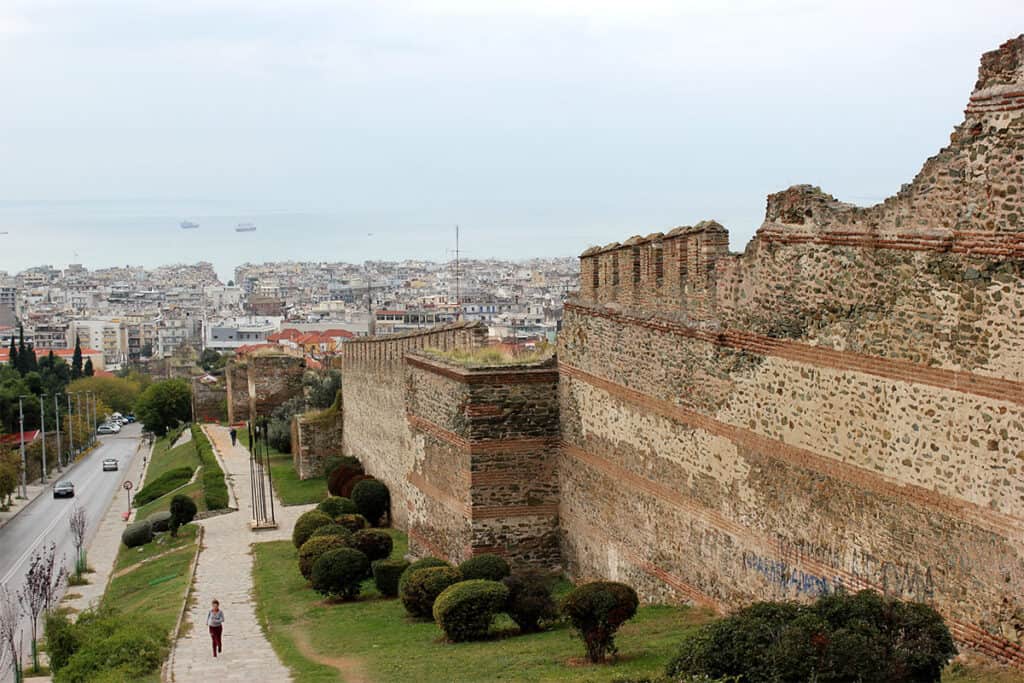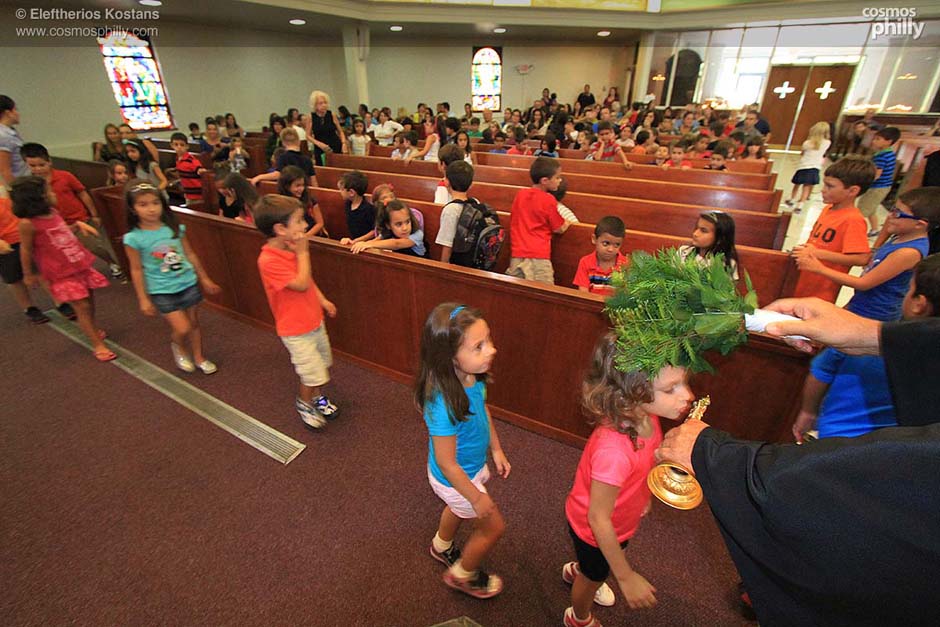Several million years ago, the Earth’s surface looked a lot different. In one part of the world, a place we now call the Thessalic plain of Greece, there were wide deltas of mighty rivers, which brought down the soil, rocks, and cobbles of mountains that no longer exist. Rolling stones, worn by centuries of floods, and their incessant friction, took their round shape, and finally settled on these vast deltas. More centuries upon centuries passed, and peaceful floods surrounded these rocks with soil, until, with the extra weight of the newer deposits, they were compressed and cemented together, to look and behave like solid rocks. Modern Geologists call this type of “rock” a “Conglomerate,” meaning a compact mixture of stones and soil – not unlike modern concrete, which is made of stones, sand, and cement.
The huge, slow tectonic forces that change this planet raised this once mighty delta to heights far above their original level of creation, and then the atmospheric forces of nature took over, and began, with the wind, rain, frost, and earthquakes, to erode these fragile hills. Erosion began to eat at the mass of the hills, leaving – stranded – a series of pinnacles, pockmarked with fissures and caves, standing above the smoother plain.
Men stood in awe of these pinnacles, reaching to the sky, some towering well above 800 feet (250 meters) from the rising plain below. In those days of profound religious spirit, many people seeking an escape from the toils and dangers of the world, by becoming solitary ascetics. What better place, many thought, than to find a hollow, or a cave, high up amidst these incredible pinnacles, and closer to God, while at the same time being unreachable – unless desired – by other human contacts. Thus, the pinnacles became known as places of solitary religious existence. So the initial use as places of religious asceticism started around 1000 A. D.
These pinnacles were so vertically sheer that it took (and still require) rock-climbing experts to assail them, thus once on top, it was challenging to access them by ordinary means. This provided not only the solace sought by the ascetics, but also protection from the brigands that roamed the areas, or the Islamic intruders that were ever increasing in their expansive campaigns toward the West.
As Christianity matured, over a thousand years after Christ, many Monasteries had been founded throughout the middle-east and Europe, some of which still exist in the famous “Agion Oros” (Holy Mountain) at the promontory of Athos, in the Chalkidiki peninsula of Greece, east of the ancient city of Thessaloniki. For reasons lost in the centuries, in the last half of the 14th Century A.D., a group of monks and others, left Agion Oros to found a new monastery at this already venerable place, and indeed built the first significant edifice on top of one of these pinnacles, which took the name “Meteora” (literal translation: suspended from the sky).
In the following centuries, more and more Monasteries were built, many on top of these inaccessible pinnacles, until they numbered, according to historians, to 24, of which 6 remain. The access to these Monasteries remained difficult, and goods, water, and people would be brought up (or down) by rope and pulley, inside nets or large baskets. Their period of acme was in the middle ages, reaching a peak in late 17th Century, then slowly declined, as the times changed. The Ottomans, having taken over the area in late 1400, were even able to access and strip many of the Monasteries of their precious religious relics and valuables, at the beginning of the 18th Century.
During the 20th Century, with Greece finally freeing the area from Ottoman rule, the National attention once again returned to the “Meteora,” now the name was given to the general area of the pinnacles. In the 1920s, steps, bridges, and similar access were carved into the pinnacles by the Greek government, and the centuries-old, dangerous method of rope-and-pulley to reach the top came to an end. During the rest of the century, considerable rehabilitation and rebuilding of the structures has been achieved, and tourism has become a prime focus, maintaining the original reverential intent of the Monasteries and the monks, but bowing to the economic needs of the Country, and especially of the two towns at the foot of Meteora: Kalambaka and Kastraki. Meteora is a place where one can, according to his or her predilection, be awed by nature, by man’s works, by history, or by God.
Text and photos by John Apostolos, Civil Engineer in Cherry Hill, NJ & Patras, Greece.





